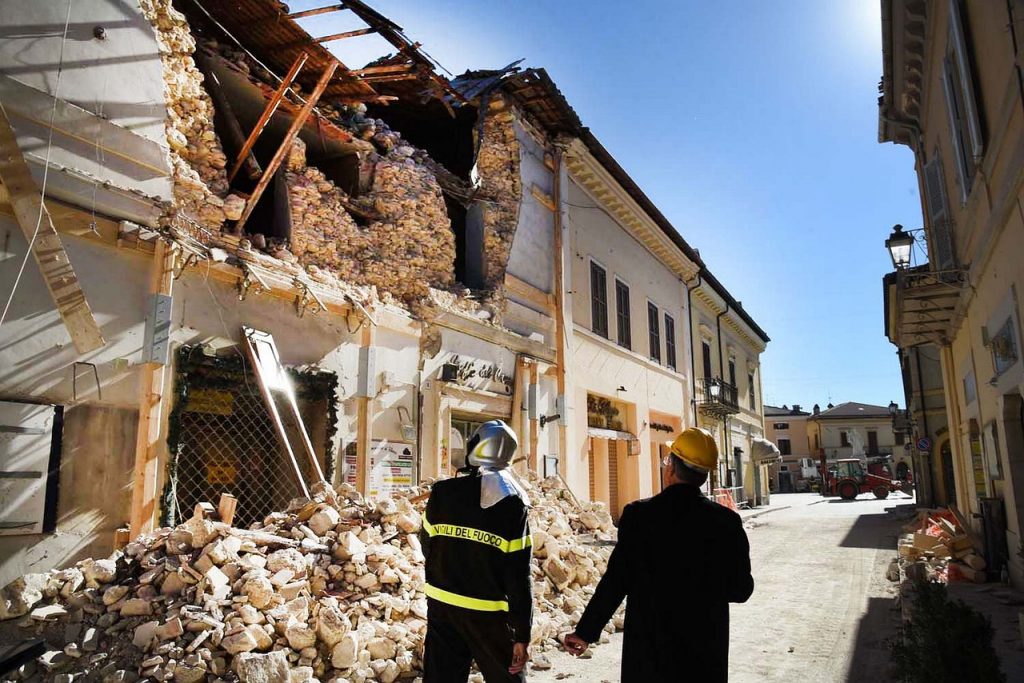
Scientists have developed an artificial intelligence (AI) system to successfully predict earthquakes, an advance that can help prepare for natural disasters and potentially save lives.
The study, published in the journal Geophysical Review Letters, identified a hidden signal that led up to earthquakes and used this fingerprint to train a machine learning algorithm to predict future earthquakes.
Researchers at Cambridge University in the United Kingdom and Boston University in the US studied the interactions between earthquakes, precursor quakes and faults, disturbances, hoping to develop a method for predicting earthquakes.
Using a lab-based system that mimics real earthquakes, they used machine learning techniques to analyze the acoustic signals that came from the disturbance as it moved and looked for patterns.
The researchers used steel blocks to closely simulate the physical forces involved in a real earthquake, and also recorded the seismic signals and sounds that are emitted.
Machine learning was then used to find the relationship between the acoustic signal coming from the fault and the degree of its failure.
Also Recommended
Samsung To Launch Its Virtual Assistant Bixby 2.0, Will Extend To Other Phones
The machine learning algorithm was able to identify a particular pattern in the sound that used to be thought to be nothing but noise that occurred long before an earthquake, the researchers said.
The machine learning algorithm was able to identify a particular pattern in the sound, previously thought to be nothing more than noise, which occurs long before an earthquake, researchers said.
“This is the first time that machine learning has been used to analyze acoustic data to predict when an earthquake will occur long before it happens so that much warning time can be given – it’s unbelievable what machine learning can do.” said Colin Humphreys from Cambridge University.
Machine learning allows you to analyze records that are too large to be manually edited, and looks at data in an unbiased way, which makes discoveries possible, the researchers said.

